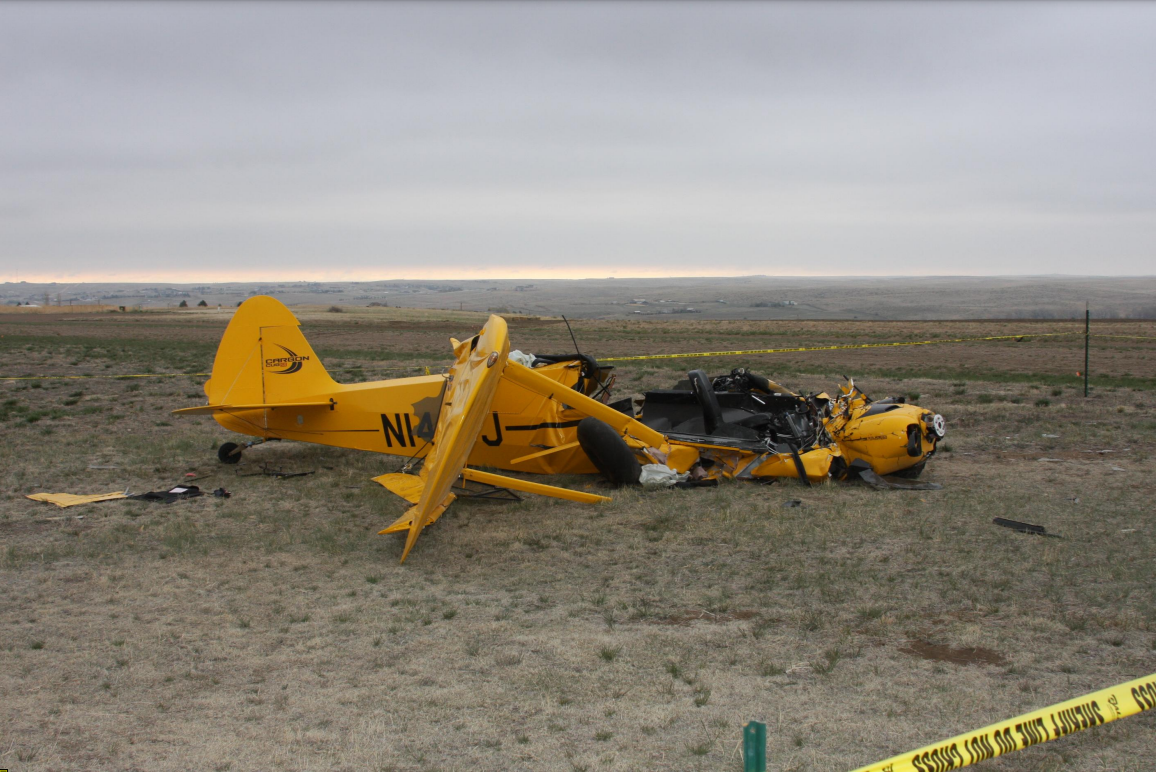There’s something to be said about the differences between airline flying and general aviation safety. And I’m not sure what needs to be said about it, but it’s been on my mind as of late. Recently, I was asked to speak at the Utah Aeronautics Conference and usually I spin a few yarns about backcountry flying. Modest attempts combing through terabytes of pictures and videos in an effort to help illustrate the beauty of backcountry flying, my mind gets stuck on ADM, or aeronautical decision making (read: safety). Having spent months preparing for my presentation, the truth is it wasn’t even completed the day of the event. In fact, it wasn’t even done when I presented it. But that idea of airline-level safety in general aviation was in my mind, and I ran with that.
Some might defend 121 safety levels based on regulations, and I certainly know one famous YouTube pilot who will vehemently shout that regulations aren’t the answer. Don’t tell him that I somewhat agree with him, I don’t want it to go to his head. Others might say commercial transport category aircraft are built to higher standards, to which I laugh looking at load limit factors and the abundance of doodads pilots put in planes like that one pictured above, the ever-popular Carbon Cub. Hell, even the plane I fly at work has half the capabilities of what Cessna puts into a stock 172 these days, but I digress.
Some might mention the crew environment and say there’s strength in numbers, but an observant advocate for general aviation safety could easily cite accidents where two CFIs (or more) were onboard an airplane that flew straight into the ground for no reason whatsoever.
So what is it? What is it that makes commercial air travel so safe, reliable, and efficient, and how can we bring that to the part 91, recreational general aviation world?
I’m not quite sure just yet, but one thing is for certain.
I spent the last five minutes looking through the NTSB accident investigation database and found this accident. N143FJ, a Carbon Cub that entombed a pilot and passenger after a mere minute in the air. Witnesses describe the aircraft braving winds gusting beyond 25 knots flying at a steep angle until it entered a spin and impacted the ground, instantly killing the two. When the NTSB initially published the final report, they cited “intentional abrupt maneuvers,” “personality and/or attitude issues” with the pilot, and “high wind” conditions.
After the report was public, additional witnesses signed affidavits in a plea for the NTSB to change their findings in the accident. They contested that witnesses that reportedly saw the pilot complete similar maneuvers the day prior were potentially influenced by some airport drama. Regardless, their attempts to change the report from an “intentional” act to one that was “circumstantial” due to weather conditions were not without merit. The NTSB later said that the accident pilot wasn’t being reckless, but both “careless and reckless” climbing at such a steep angle immediately after takeoff due to “poor decision making.”
These sworn affidavits from the accident pilots’ friends tell the same tale. Navy pilot, heaps of bravado, competitive in nature. Certainly any newly-minted CFI can smell the hazardous attitudes in this story.
What is certain to me is that as general aviation pilots, we all know someone like this. Perhaps they’ve bent one airplane. Maybe even more. I certainly embarrassingly know my fair share. What I’m thinking as of this five-minute accident review is that we as general aviation pilots need to find ourselves a community of like-minded aviators who are there to help each other advance their skills in not only the physical aspects of airmanship, but the mental, decision-making parts too. Perhaps we can find ourselves in mutually-beneficial mentor/mentee relationships where we may build not only accountability, but humility as well.
I know for sure this accident pilot was a friend to all, and passionate about flying. I also know, thanks to those affidavits, that he was known for “pushing the limit.” Again, I think we all know a few people who do the same.
I’m not sure what we can do to bridge the gap, and while we can point to the regulations, the aircraft, and our training, one thing every airplane needs is a pilot, and I think it behooves us all to start there and ask what it is we can be doing to improve upon our own safety, and that of our colleagues.
